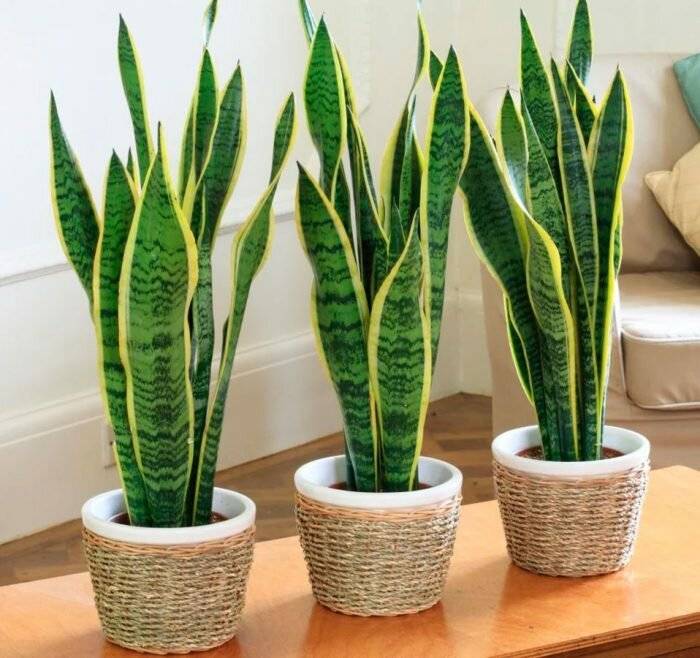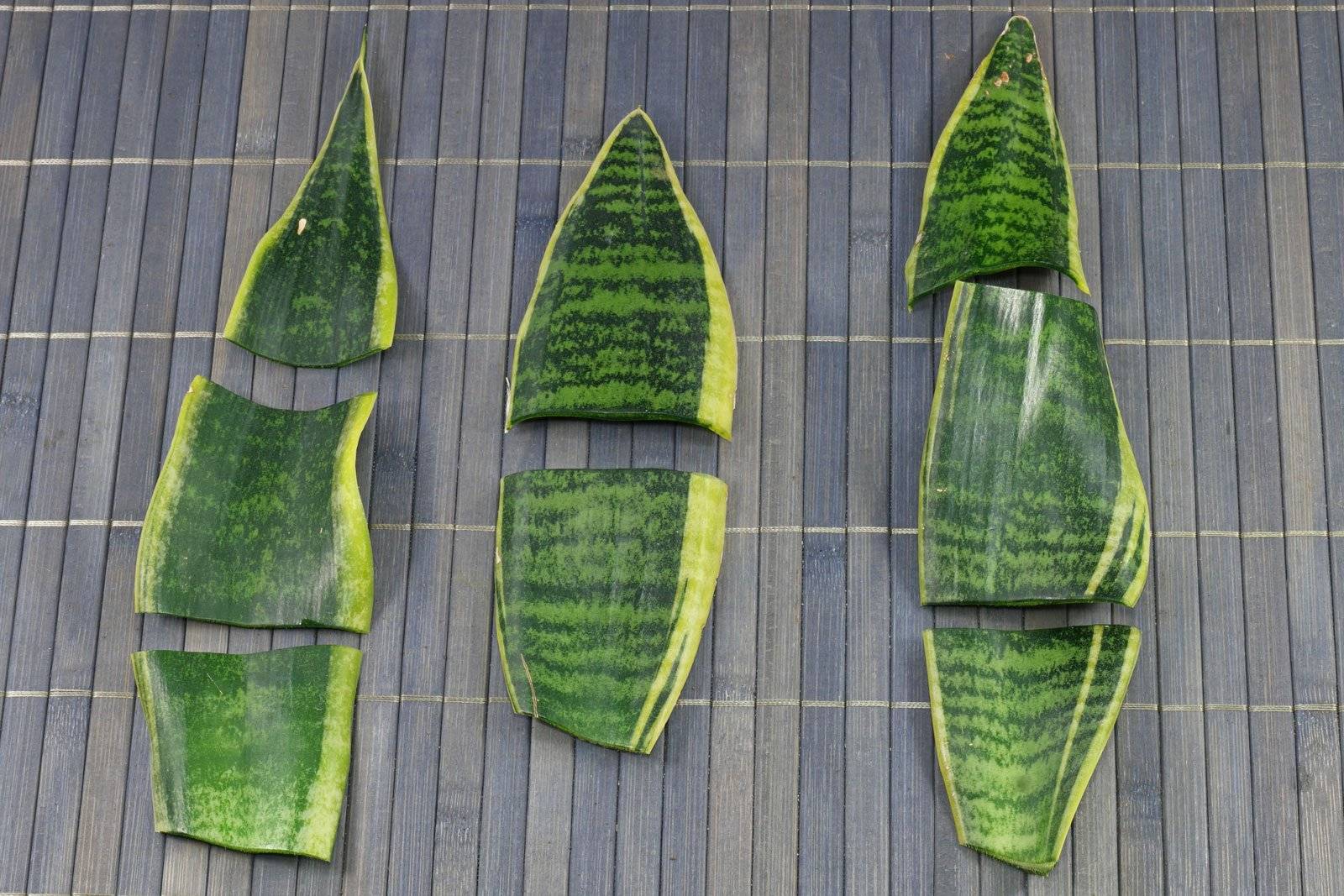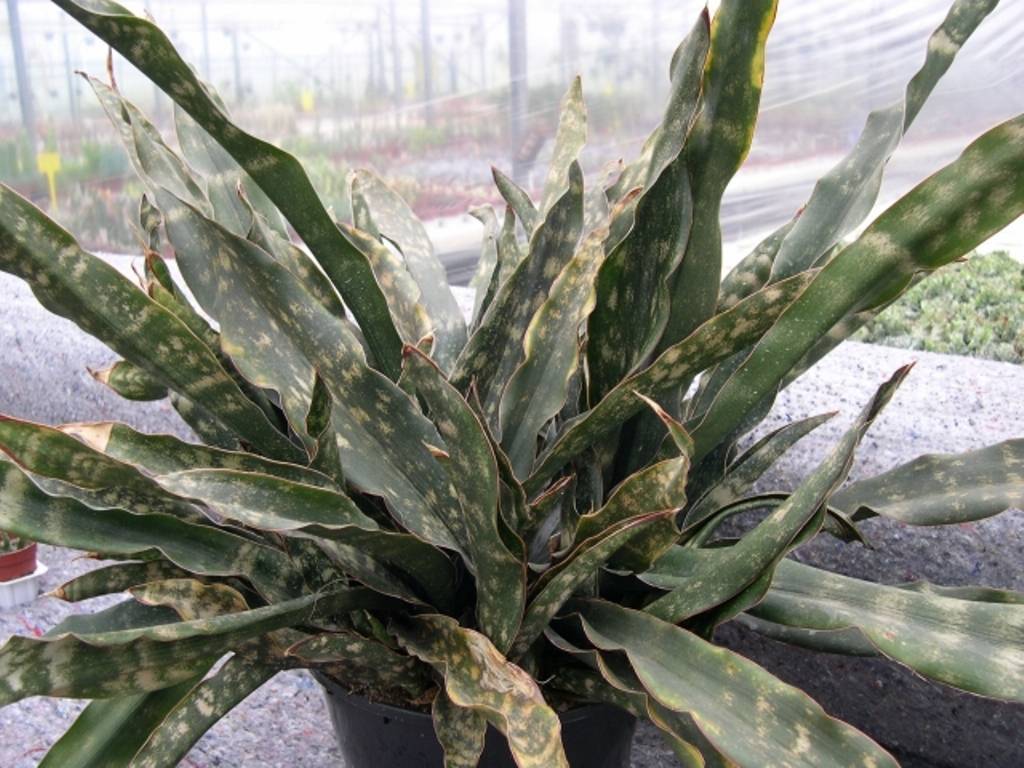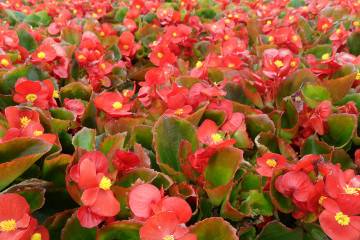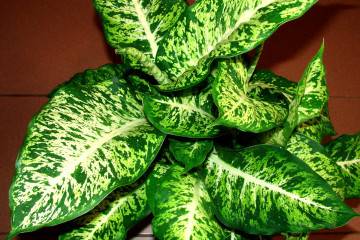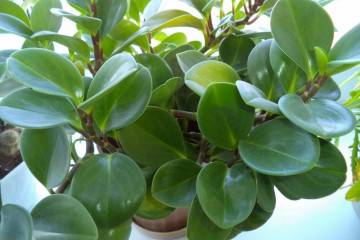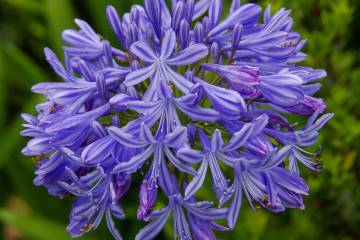Soil for sansevieria (Pike tail) for planting
Content:
Sansevieria is a beautiful home flower with decorative and useful properties. This plant produces a very large amount of oxygen, cleans the air of the room from harmful substances. Sansevieria has long leaves with dark green stripes. Because of their shape and color, the people call this flower "pike tail". Due to its interesting appearance and ease of care, sansevieria is actively grown both at home and in offices.
Soil for sansevieria for transplanting at home
One of the most important conditions for the active growth of this plant is a properly selected soil. It should be well ventilated and generally lightweight.
Before transplanting sansevieria, you need to take care of preparing the soil. For such a plant, you can purchase a specially released soil with a ready-made composition, or prepare it yourself according to a recipe.
How to prepare the soil for sansevieria at home:
- Prepare soil, humus, sand and peat. It is this composition that is most favorable for plant growth.
- Mix in a pot in the following proportion: 3 parts of earth, 1 part of sand, 1 part of peat, 0.5 part of humus.
- Transplant the flower into the resulting mixture.
Usually, sansevieria is transplanted once or twice a year. This is done when the previous pot no longer corresponds to the size of the plant, as evidenced by protruding roots, or too large a volume of leaves, which no longer have room for further growth.
If the size of the flower has become too large, and it loses its aesthetic appearance, it can be planted in different pots. At home, this is done quite simply. First you need to get to the root of the plant, free it from the ground. Then carefully cut the rhizome into several parts, depending on how many plants you plan to get.
After that, the new plants are planted in separate containers, providing each of them with soil suitable for sansevieria and good air exchange. Division is one of the ways that sansevieria can be propagated.
Experienced flower growers note that sansevieria grows quite quickly, which is why transplantation at home is required quite often for a sansevieria flower.
However, for rapid growth, a flower needs suitable conditions:
- Lighting. The flower should receive plenty of sunlight, but care must be taken to ensure that the leaves do not turn yellow. If this happens, it is worth creating an artificial shade for the plant during too active sun, and removing the yellow areas. Only one type of sansevieria prefers to be in the shade - cylindrical.
- Temperature. The best option is 22-28 degrees.
- Moderate watering. It is worth making sure that the soil is not waterlogged. It is worth watering the plant only when the soil dries well.
When the above conditions are met, sansevieria will grow quite quickly, and new leaves will appear regularly.
There are certain types of sansevieria, which release only a few new leaves per year. This is their feature, which is not a deviation from the norm.
Propagation of sansevieria leaf
Novice growers should know how sansevieria reproduces.For the sansevieria flower, leaf propagation is possible. As in other cases, preparation begins with the selection of the soil.
What soil is suitable for sansevieria
How to prepare the soil for sansevieria at home has been described above. But what if it is supposed to grow these plants outdoors and is it possible? In fact, if the ambient temperature allows you to plant a flower outside, this will only benefit sansevieria. It will begin to grow better, and the leaves will become stronger and more beautiful. What should be the soil for sansevieria?
To make the plant feel most comfortable, it is recommended to choose leafy or sod land for growing it, to which sand and humus are added in small proportions.
Pot selection
If sansevieria is supposed to be grown indoors, you need to pay special attention to choosing a suitable pot. Since this flower grows quickly, it needs a fairly wide container so that the roots are not damaged due to being too dense to each other.
As soon as it becomes noticeable that the used pot has become too small, it must be replaced with a larger one, but not too deep.
The material of the pot should be strong and its walls thick. This requirement should be observed so that the vessel does not burst under the pressure of actively growing roots.
Sansevieria leaf propagation technique
This plant can be propagated at any time of the year, it will take root anyway. However, the most favorable period is undoubtedly spring, when all vital processes are activated in the flower.
For the sansevieria flower, leaf propagation is one of the most common methods. The favorable outcome of reproduction depends on whether the leaf was chosen correctly. So, for this procedure, it is worth choosing a healthy leaf from the outlet, in which new leaves are no longer observed. The sheet needs to be cut into several pieces of about 10 centimeters each.
After cutting, you can do one of two ways: place the sheet either in water or in the ground.
The breeding technique using a container of water is carried out step by step as follows:
- Prepare the necessary tools and a container of water, cut off the sansevieria leaf.
- Cut the sheet into segments, marking the bottom.
- Place the resulting segments in water.
- When the flower has roots, you can start rooting it into a pot of soil.
To plant leaves in the ground, you need to do the following:
- Prepare sheet pieces, a small container with soil.
- Dry the resulting leaf fragments a little, spreading them out in a dry place for several hours.
- Place the fragments of the leaf in the ground with the bottom part, carefully sprinkle them.
- After about 2 months, transplant the already rooted plant into a permanent container with soil.
How to transplant a pike tail depends only on the wishes of the grower, since both methods are effective.
How to remove a growth point from sansevieria
If the plant has reached a certain size, and it is supposed to stop it there, many people think about how to remove the growth point.
First you need to find out where it is located. The growth point is the place from which new leaves emerge. In sansevieria, it is located in the center of the leaf rosette, between the upper leaves. By pinching this place with your hand or carefully cutting it off, you will be able to get rid of the appearance of new leaves and the growth of the bush.
Why sansevieria does not grow
If sansevieria grows too slowly, or has stopped growing altogether, it is worthwhile to understand the causes of this problem. As a rule, the problem appears due to improper care, or the presence of diseases in sansevieria.
So, sansevieria will not grow on too wet or too acidic soil, in the absence of abundant light or inappropriate temperature. These factors usually do not lead to the death of this plant, since it is quite resistant to environmental influences and unpretentious, almost like a cactus. However, it will definitely stop growing.
If the question arose why the leaves of the sansevieria curl, most likely the whole thing is in insufficient watering. Leaves curl up due to lack of moisture and begin to dry out. To avoid curling, water the flower as needed. Those leaves that are curled too much should be cut off.
In addition, the leaves may become soft. This effect appears precisely due to waterlogging. To avoid this problem, do not water the flower in a cold temperature, and also before the soil is completely dry after the previous time.
Unfavorable conditions can not only curl the leaves, but also make them lethargic. For example, due to the fact that the plant was exposed to too low temperatures. In this case, in addition to softness, they will darken noticeably. To eliminate the situation, damaged leaves must be removed, and the plant must be transferred to a warmer place.
Thus, sansevieria is a very common flower, which is actively spread due to its beauty and useful properties, as well as the fact that it practically does not need special care. It can be grown not only indoors, but also outdoors, if the climate permits. The pike tail is easy to propagate, and if you follow the small recommendations for its content, you can easily and quickly grow an interesting and spectacular plant.
